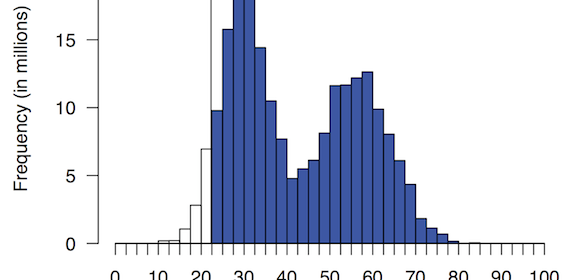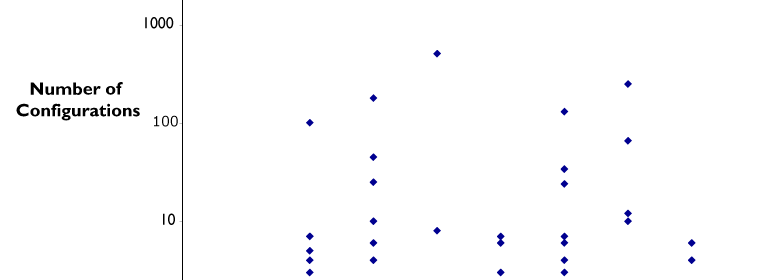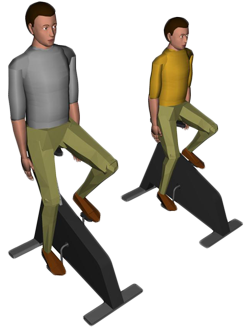
by mbp11 | Aug 9, 2010 | Publications
This study explores the ranges of humans’ physical capabilities and how these ranges can be considered while creating designs, including designs that are universal. Universal design is a design technique used to minimize the capability requirements of products...

by mbp11 | Aug 1, 2010 | Publications
The objective in this thesis is to develop a method based on principal components analysis (PCA) to create optimal product families of artifacts, tasks, or environments intended for human use. This study formulates a procedure to estimate the levels of commonality and...

by mbp11 | May 1, 2010 | Publications
Reconfigurable systems are able to meet the increasingly diverse needs of consumers. A reconfigurable system is able to change its configuration repeatedly and reversibly to match the customer’s needs or the surrounding environment, allowing the system to meet...

by mbp11 | Feb 19, 2010 | Publications
In the design of artifacts that interact with people, the spatial dimensions of the user population are often used to size and engineer the artifact. The variability in anthropometry indicates the fixed allocation of space, adjustability requirements, or how many...

by mbp11 | Jan 26, 2010 | Publications
A common objective in designing for human variability is consideration of the variability in body size and shape of the target user population. Since anthropometric data specific to the user population of interest are seldom available, the variability is approximated....

by mbp11 | Jan 1, 2010 | Publications
Anthropometric measures that accurately represent the target user population are essential to effective designing for human variability, yet the available anthropometric data are drawn from populations that are substantially dissimilar from the target populations for...






